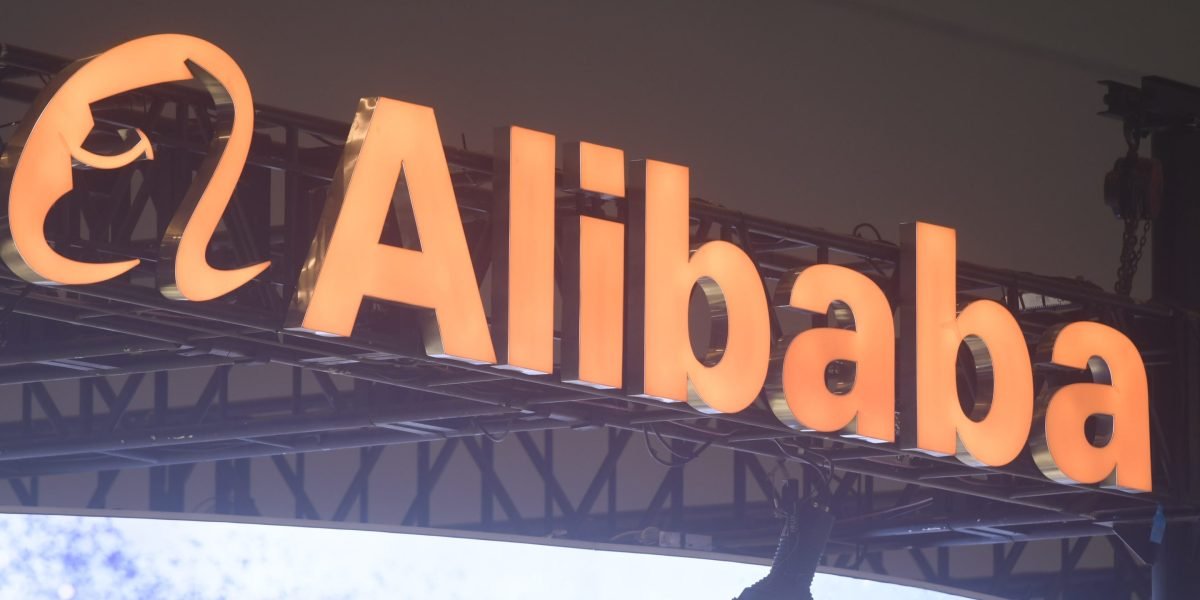Artificial intelligence (AI) appears everywhere. From movie recommendations to self-driving cars, it touches our lives daily. Reports suggest over 35% of global businesses now use AI tools. This pervasive presence shows AI is no longer just a futuristic concept. It is here and working now.
This rapid growth creates a dual conversation. Many see AI as a world of immense promise. They envision new cures or greater efficiency. Others feel deep apprehension, fearing job loss or unchecked power. This article provides a clear and concise analysis. This article provides a practical and straightforward perspective on AI. We will explore its real capabilities and its tangible limits.
Prepare for a pragmatic view. This discussion covers what AI can do today. It also looks at what it cannot. We will examine the tough ethical dilemmas involved. Finally, we will offer clear strategies to navigate this quickly changing field.
The Current State of AI: What It Can (and Can’t) Do
Machine Learning and Neural Networks: The Engine Room
Machine learning (ML) forms the core of most AI systems. It lets computers learn from data without explicit programming. Think of it like training a child with examples. Neural networks are a type of machine learning, inspired by the human brain. They use layers of “nodes” to find complex patterns in vast datasets. These patterns help the AI make predictions or decisions.
Many successful AI uses rely on these methods. Image recognition helps doctors find early signs of disease in scans. Natural language processing (NLP) powers tools like chatbots, which understand and create human-like text. Translation software also uses NLP. Recommendation engines, seen on Netflix or Amazon, learn your tastes to suggest new items. These systems handle huge amounts of information.
Yet, limitations exist. ML models need massive amounts of correctly labeled data to learn well. If this data contains errors or gaps, the AI can make mistakes. They are also prone to bias. The “black box” problem remains. This means understanding why an AI made a certain decision can be very challenging.
Generative AI: The Creative Surge
Recent breakthroughs brought generative AI into public view. This type of AI creates new content from scratch. It does not just analyze existing data. Instead, it learns patterns and then generates novel outputs. This can include text, images, or even music.
Generative AI shows impressive skills. It can draft emails, write codes, or summarize long documents. Programs like DALL-E and Midjourney create unique images from simple text prompts. AI can also compose music in various styles. This creative power is reshaping many industries.
However, new challenges arise. Deepfakes, which are fake images or videos, pose a risk for misinformation. Copyright issues with AI-generated content are also unclear. Who owns the art an AI makes? The ability of AI to create false information quickly on a large scale is a serious concern.
AI in Action: Real-World Impact
AI is changing many fields beyond popular consumer apps. Its impact stretches across various industries. It brings new levels of efficiency and insight.
In healthcare, AI helps find new medicines faster. It creates personalized treatment plans for patients. Robotic surgery assists doctors with greater precision. This leads to better patient outcomes.
Finance uses AI for algorithmic trading, making rapid market decisions. It also detects fraud by spotting unusual transaction patterns. AI improves credit scoring systems, making lending fairer and more accurate.
Manufacturing sees AI driving predictive maintenance. AI monitors machines to guess when they might fail. This reduces downtime. It optimizes supply chains, making sure parts arrive on time. Automated quality control systems check products faster and more accurately. Industry reports show AI adoption in manufacturing boosted output by over 10% in some cases.
The Uncomfortable Truths: AI’s Limitations and Risks
Bias and Fairness: The Data Problem
A critical issue in AI is bias. AI systems learn from data. If that training data reflects existing human biases or societal inequalities, the AI will learn and repeat these biases. This leads to unfair or discriminatory outcomes. It is a harsh truth we must face.
Consider facial recognition systems. Some facial recognition systems have performed poorly when evaluating women or people of color. Hiring algorithms have also shown bias, favoring certain genders or races due to past hiring data. Such behavior perpetuates old prejudices. “AI reflects the biases in the data it’s fed,” states Dr. Evelyn Reed, a data ethics researcher. This issue requires careful attention.
The “Black Box” and Explainability
Many complex AI models work like a “black box.” It means understanding how they reach a certain decision is difficult. You input data, and you get an output. But the steps taken inside the AI remain unclear.
This lack of transparency has serious implications. It makes accountability difficult. If an AI system makes a mistake in a medical diagnosis or a loan approval, who is responsible? Debugging errors becomes harder without knowing the decision path. Trust in critical AI applications, like self-driving cars, also suffers. Explainable AI (XAI) endeavors to unravel this enigma. Researchers work to show how AI makes its choices.
Job Displacement and the Future of Work
Concerns about AI taking jobs are real and valid. Automation by AI will change many job roles. Some tasks previously done by humans will become automated. Studies predict a significant number of current tasks could be affected by AI in the next decade.
For instance, simple data entry or routine customer service jobs might see big changes. Yet, this is not just about job loss. AI also creates new types of jobs. Roles focused on AI development, maintenance, and oversight will grow. AI also augments human abilities. It allows workers to focus on more complex, creative, or strategic tasks. The future workforce will likely involve more human-AI collaboration.
Navigating the AI Landscape: A Pragmatic Approach
Ethical Considerations: More Than Just a Buzzword
Ethical AI goes beyond simple talk. It involves concrete challenges and frameworks. Key issues include user privacy and data security. Ensuring who is accountable for AI actions is also vital. Transparency in AI processes is important. Finally, responsible deployment of AI is critical. This means using AI in ways that benefit society and do no harm.
Organizations must develop clear AI ethics guidelines. They also need review processes for all AI systems. This process helps ensure AI tools align with company values and public good. It is a continuous effort.
Developing AI Literacy: Empowering Individuals and Organizations
Understanding AI is not just for tech experts. Everyone needs a basic grasp of what AI is and how it impacts life. This AI literacy empowers individuals and organizations. It helps them make informed decisions.
For individuals, learning about AI basics is simple. Many online resources offer free courses or articles. Knowing how AI works protects you from misinformation. For organizations, training programs for employees are essential. These programs help staff understand AI’s role in their jobs. They also prepare the workforce for new AI-driven changes.
Strategic Implementation: AI as a Tool, Not a Panacea
Using AI effectively means seeing it as a tool, not a magic fix. Businesses should not adopt AI just because it is popular. Instead, they should identify specific problems AI can solve. Start with small, focused pilot projects. Then, scale up gradually based on success.
Prioritize data quality and ethical considerations from the very beginning. A logistics company, for example, used AI to cut delivery times by 10%. They focused AI on optimizing route planning first. This clear objective led to real gains. AI works best when applied to clear business needs.
Conclusion: The Road Ahead—Clear-Eyed and Prepared
AI holds immense power to transform our world. Yet, it also has clear limits and presents real risks. A pragmatic, ethical approach is key to harnessing its benefits safely. We must understand its nature.
Here are key takeaways:AI is a powerful tool, but it is not magic. Know its true capabilities and its boundaries. Bias and ethical concerns in AI must be tackled proactively, from data collection to deployment. For individuals and organizations, continuous learning about AI and its impact is essential for adapting to a changing world.
Engage with artificial intelligence thoughtfully. Human oversight and smart, ethical decisions remain vital. This ensures AI serves humanity well, minimizing its risks while unlocking its vast potential.
…
Thank you for reading! 🌷
🙌 If you enjoyed this story, don’t forget to follow my Vocal profile for more fresh and honest content every day. Your support means the world!










































